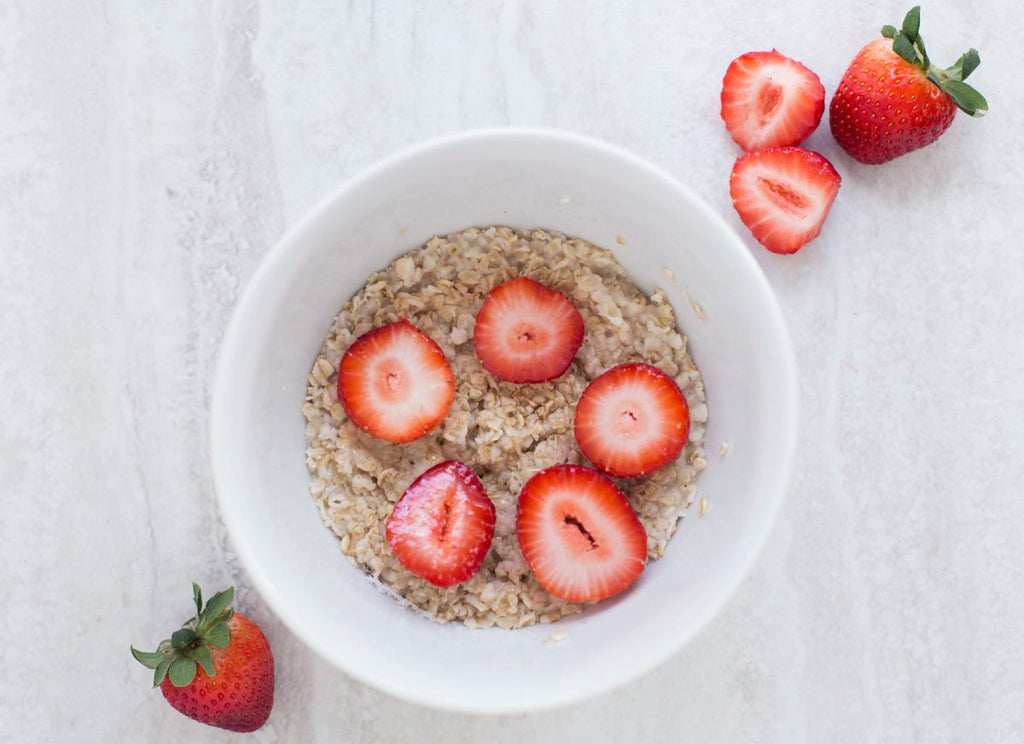Adulting can sometimes be a pain. Paying bills, filing tax returns, doing household chores … it can kind of suck the fun out of life.
Then you discover that sugar is really, really bad for you, which meansthat all those breakfast (and let’s face it, dinner) cereals you loved eating as a kid were not that great for your health.
Still, there’s no denying that nostalgic yearning for the comforting foods of childhood. So what's an adult with a larger-than-life inner kid to do? Low-carb cereal, that's what.







